ABOUT SOLAR ENERGY
HOW SOLAR SYSTEM WORKS
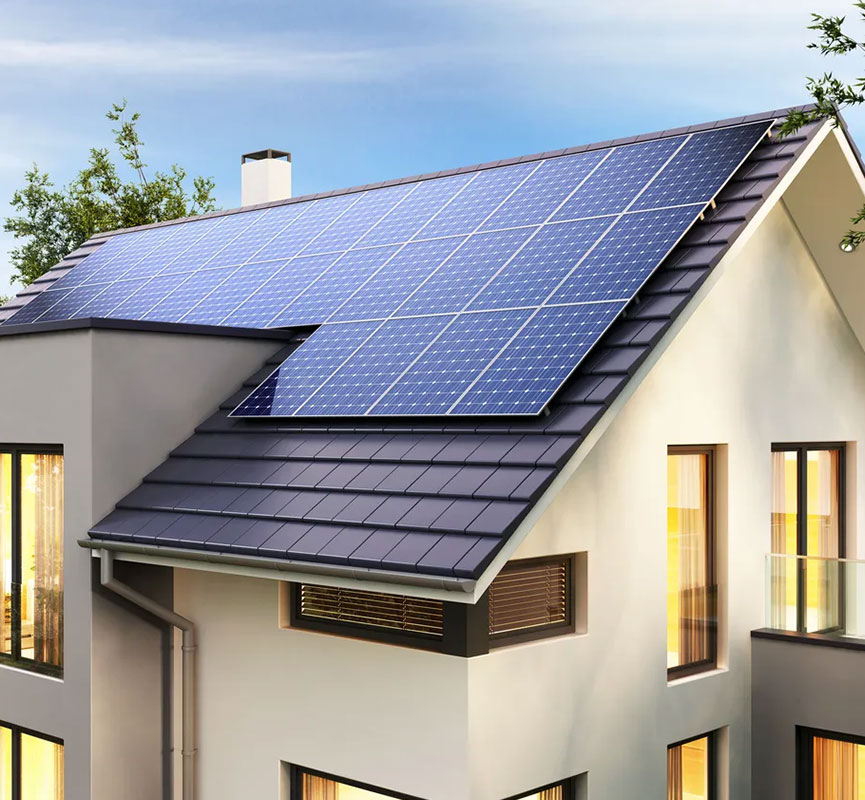
Solar power systems mainly consists of solar panels and inverter. Solar panels convert solar radiation into Direct Current (DC) which then flows into an inverter. The inverter converts this DC into Alternating Current (AC) which can be used in home. Any unused electricity generated during the day time is fed into the grid.
Through the Federal Government’s Solar Credit Scheme you can avail thousands of dollars as discount to purchase a new PV system. You then get paid for any excess electricity you export to the grid.
Solar PV systems are usually rated in terms of kilowatts (KW) which is the ‘peak’ capacity of the panels used in the system. Until 2018, the most common residential system was 3 kW. These days, 6.6 kW systems have become the standard. A 6.6 kW system which produces a daily average of 28 units can cut down your electricity costs and earn you savings of approx. $5/day. You can save even more by using energy intensive appliances like dryers, washing machines, etc only during the day time, when your solar system is running and is producing excess electricity. These savings will definitely depend on the seasons.
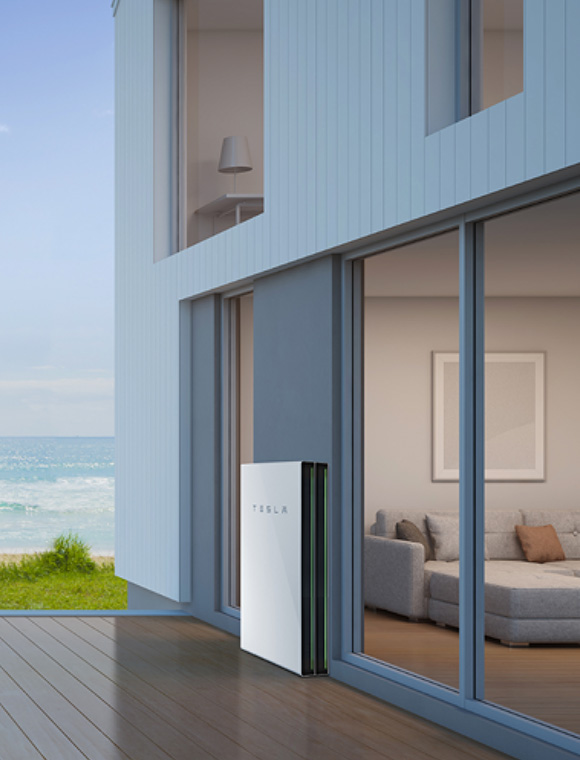
Solar panels will create energy when there is daylight and you can use this solar electricity instead of buying it from your energy supplier. However, these panels don’t work at night time.
Make your solar panels go further with a battery. Storing solar energy in a battery helps you towards energy independence. You could be charging on cheap overnight electricity and using the battery during the expensive hours.

Residential solar energy system is increasingly being integrated in EV charging systems for three reasons, rapid increase of Electric Vehicles, harvesting maximum energy produced by the system, compact green house gas.
Pairing your EV with rooftop solar is a great idea for saving the energy bill. EV Charging with 100% solar energy is not possible because of limited capacity. You can use the combination solar power, solar energy storage, and grid for EV Charging.
ABOUT SOLAR
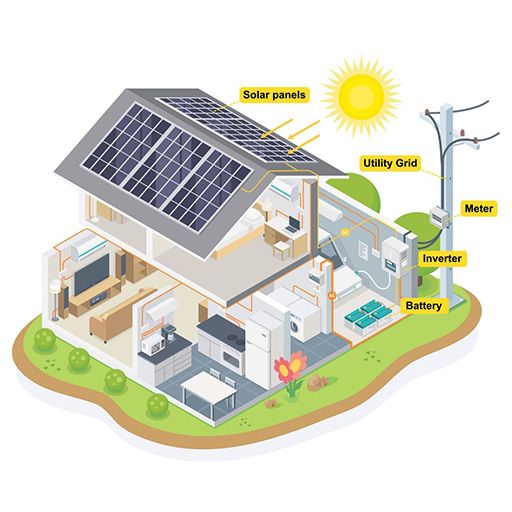
How Solar Works
How solar system works and generate electricity for you.
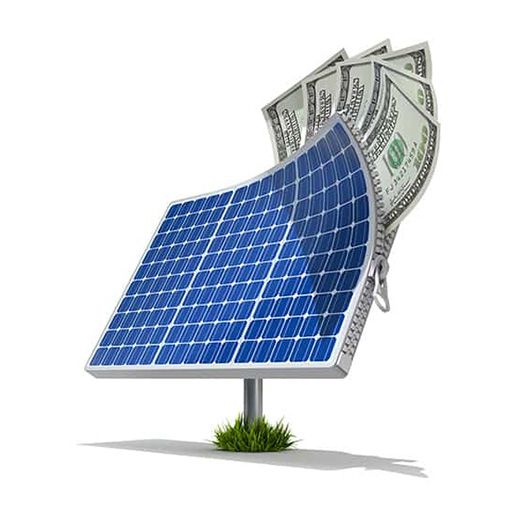
Solar Savings
How much you can save from your power bills using residential rooftop solar system
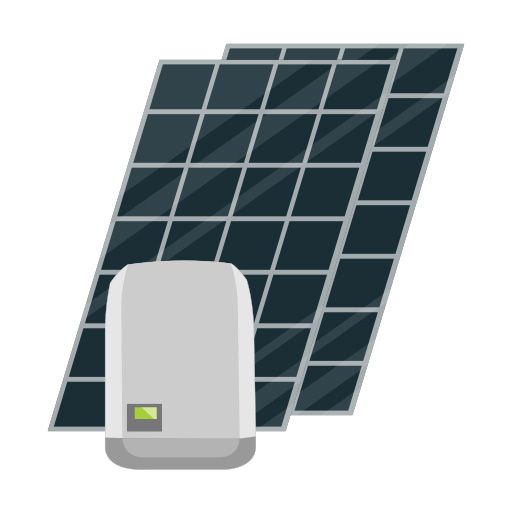
Solar packages
Which package is suitable for you. Get more information about solar packages
Get a Free Quote

